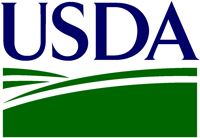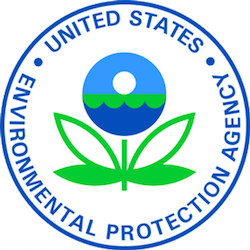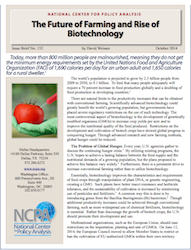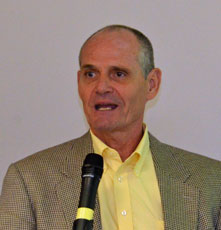2014 CTIC Conservation in Action Tour Photo Album
 Planting at U.S. Sugar Corporation is done with precision, as we found out on the 2014 CTIC Conservation in Action tour last week in the Everglades Agricultural Area.
Planting at U.S. Sugar Corporation is done with precision, as we found out on the 2014 CTIC Conservation in Action tour last week in the Everglades Agricultural Area.
Steven Stiles, U.S. Sugar farm manager, says cane is a “ratoonable crop” which refers to the stalks that are called ratoons and normally one planting lasts about four years. “The production goes on a linear decline,” he said, with each successive year producing a little less than the year before. Instead of seeds, they plant 2-3 foot cuttings of cane stalk called billets from which the plants sprout.
Stiles explained how they “laser level” and “table top” the fields before planting which helps them in the event of excessive rainfall and flooding. “And when it’s dry…if it’s flat you get a more consistent irrigation job,” he said.
U.S. Sugar’s precision ag manager Scott Berden says they use GPS and auto steer on their planters, as well as rear-mounted cameras so the operator can see how the planting is going behind him. The whole system is monitored by computer through a private on-farm wireless network. “We’re looking at engine health, telematics data on the field, as well as all the field data,” said Berden.
Listen to Steve and Scott explain here or below in the video: Steve Stiles and Scott Berden with U.S. Sugar


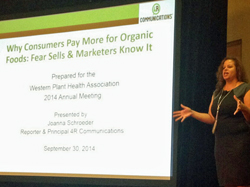
 Finding of the
Finding of the 
